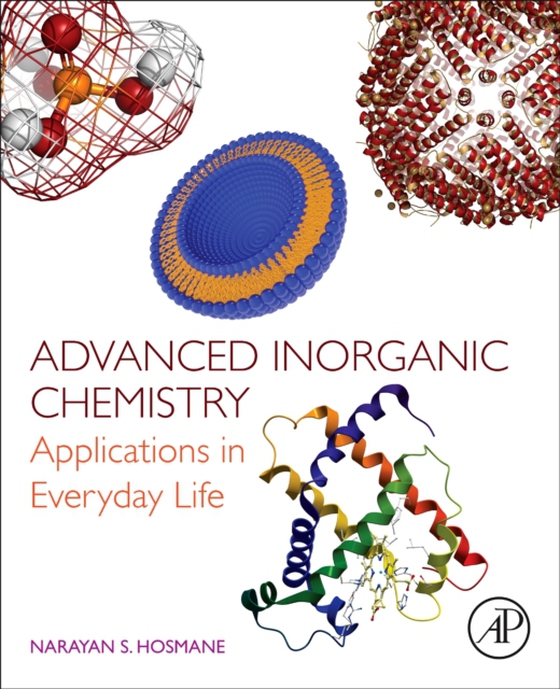
Advanced Inorganic Chemistry e-bog
656,09 DKK
(inkl. moms 820,11 DKK)
Advanced Inorganic Chemistry: Applications in Everyday Life connects key topics on the subject with actual experiences in nature and everyday life. Differing from other foundational texts with this emphasis on applications and examples, the text uniquely begins with a focus on the shapes (geometry) dictating intermolecular forces of attractions, leading to reactivity between molecules of differ...
E-bog
656,09 DKK
Forlag
Academic Press
Udgivet
27 april 2017
Længde
276 sider
Genrer
PNK
Sprog
English
Format
pdf
Beskyttelse
LCP
ISBN
9780128019931
Advanced Inorganic Chemistry: Applications in Everyday Life connects key topics on the subject with actual experiences in nature and everyday life. Differing from other foundational texts with this emphasis on applications and examples, the text uniquely begins with a focus on the shapes (geometry) dictating intermolecular forces of attractions, leading to reactivity between molecules of different shapes. From this foundation, the text explores more advanced topics, such as: Ligands and Ligand Substitution Processes with an emphasis on Square-Planar Substitution and Octahedral Substitution Reactions in Inorganic Chemistry and Transition Metal Complexes, with a particular focus on Crystal-Field and Ligand-Field Theories, Electronic States and Spectra and Organometallic, Bioinorganic Compounds, including Carboranes and Metallacarboranes and their applications in Catalysis, Medicine and Pollution Control. Throughout the book, illustrative examples bring inorganic chemistry to life. For instance, biochemists and students will be interested in how coordination chemistry between the transition metals and the ligands has a direct correlation with cyanide or carbon monoxide poisoning (strong-field Cyanide or CO ligand versus weak-field Oxygen molecule). Engaging discussion of key concepts with examples from the real world Valuable coverage from the foundations of chemical bonds and stereochemistry to advanced topics, such as organometallic, bioinorganic, carboranes and environmental chemistry Uniquely begins with a focus on the shapes (geometry) dictating intermolecular forces of attractions, leading to reactivity between molecules of different shapes
 Dansk
Dansk

